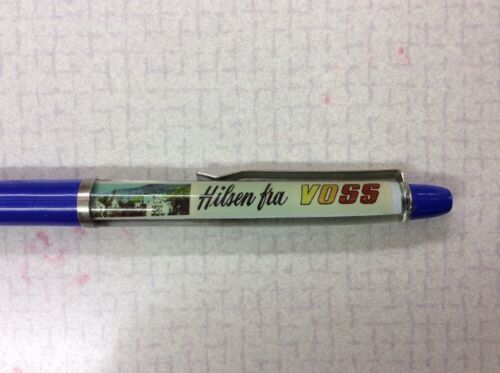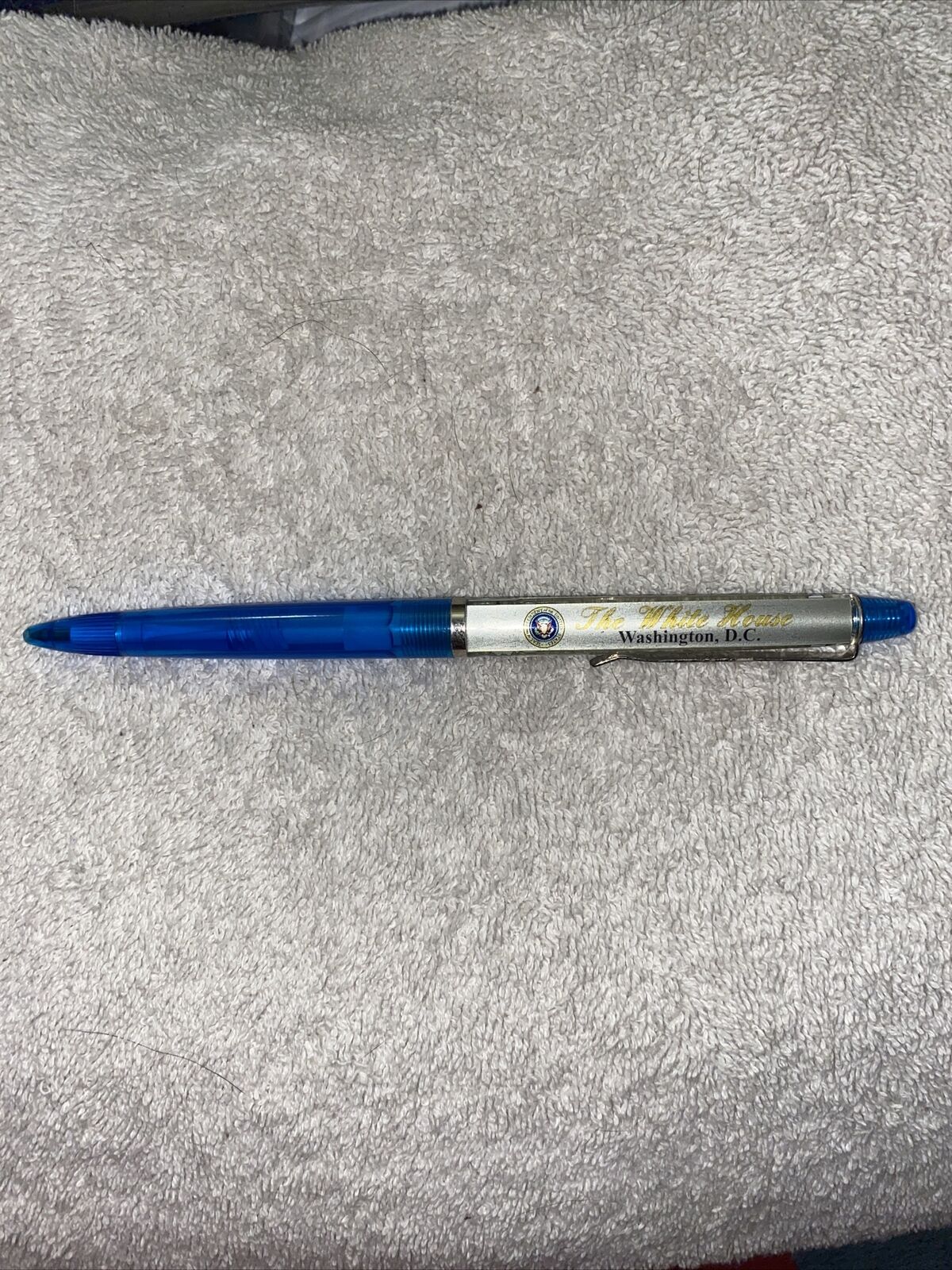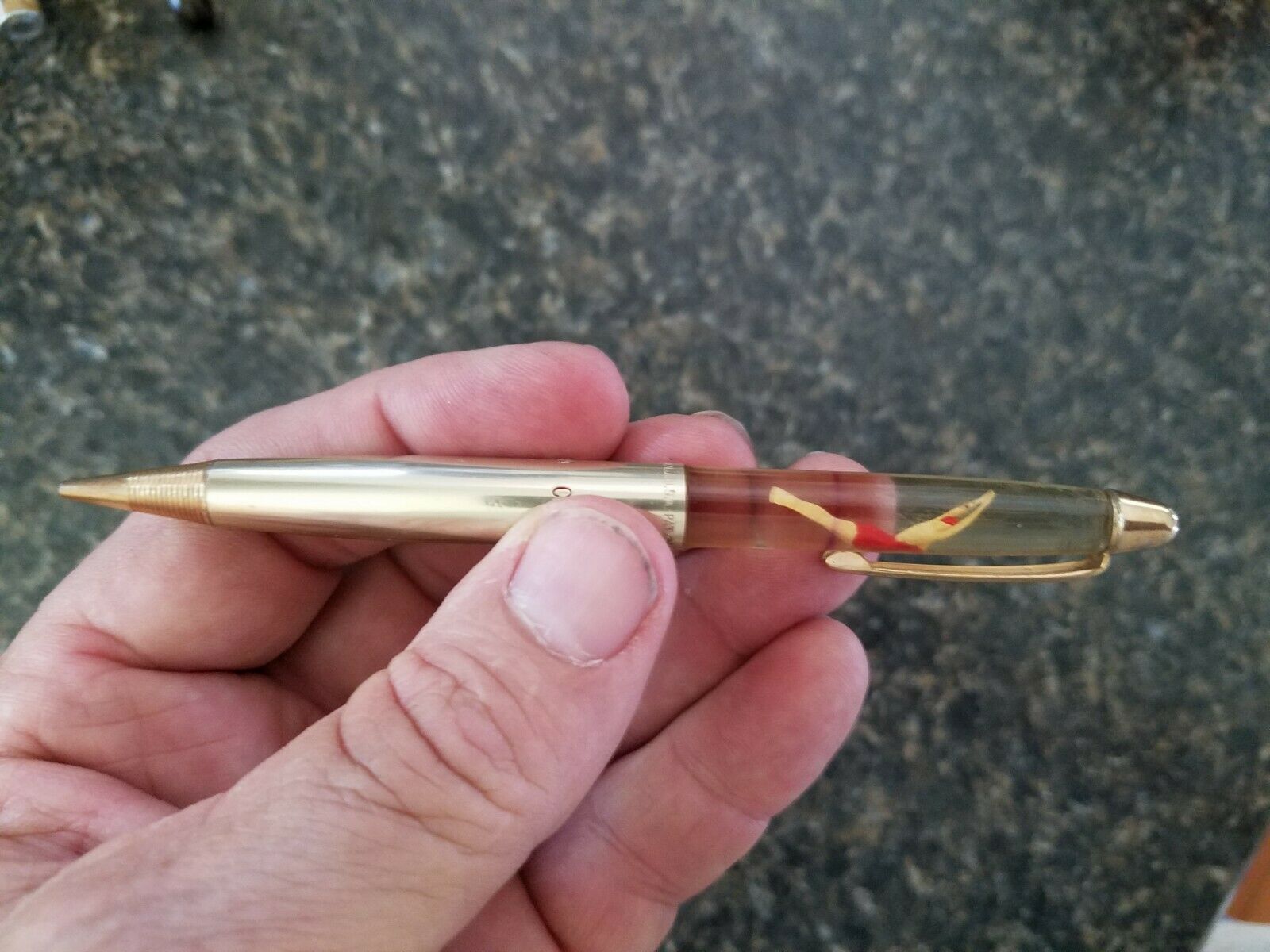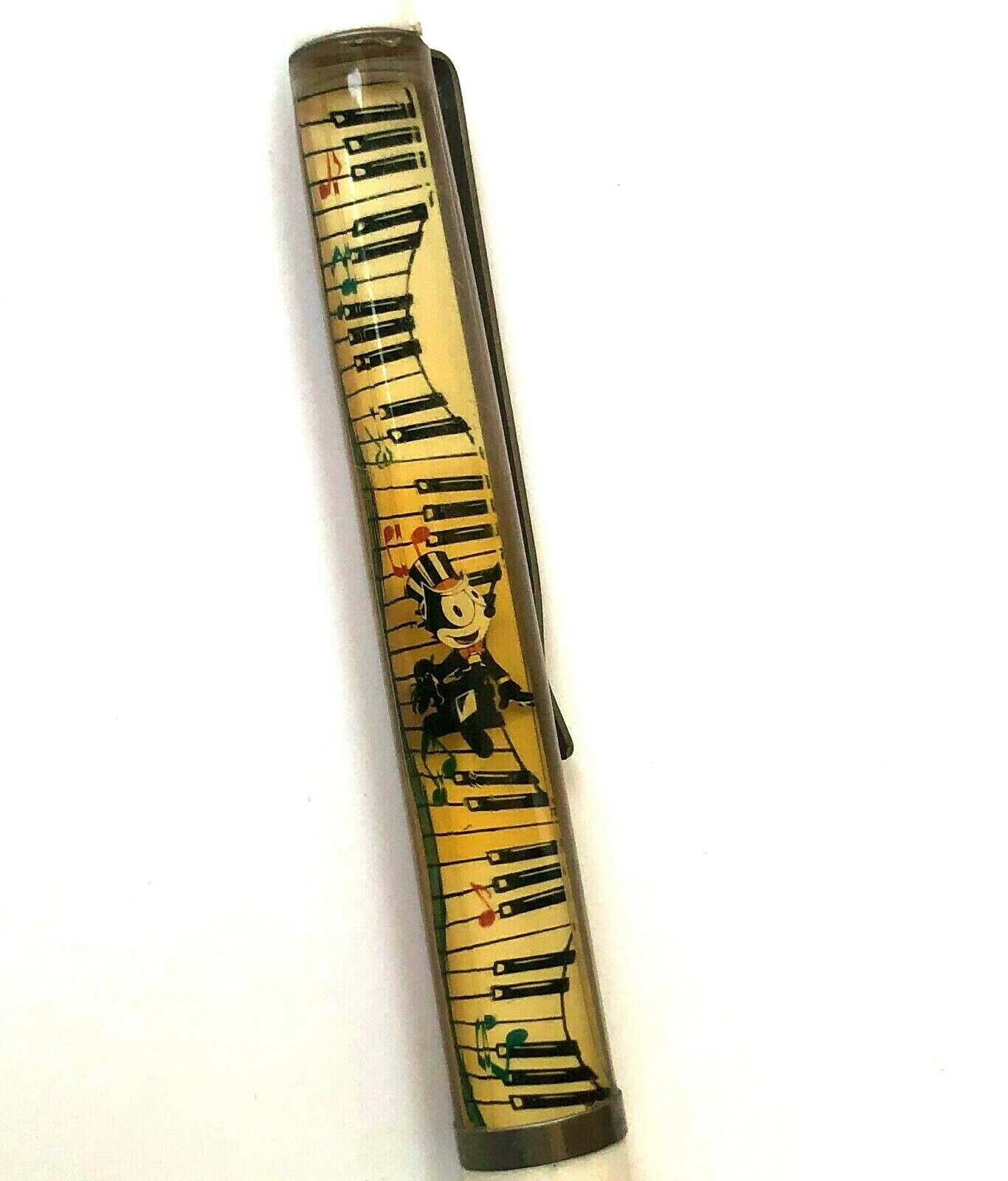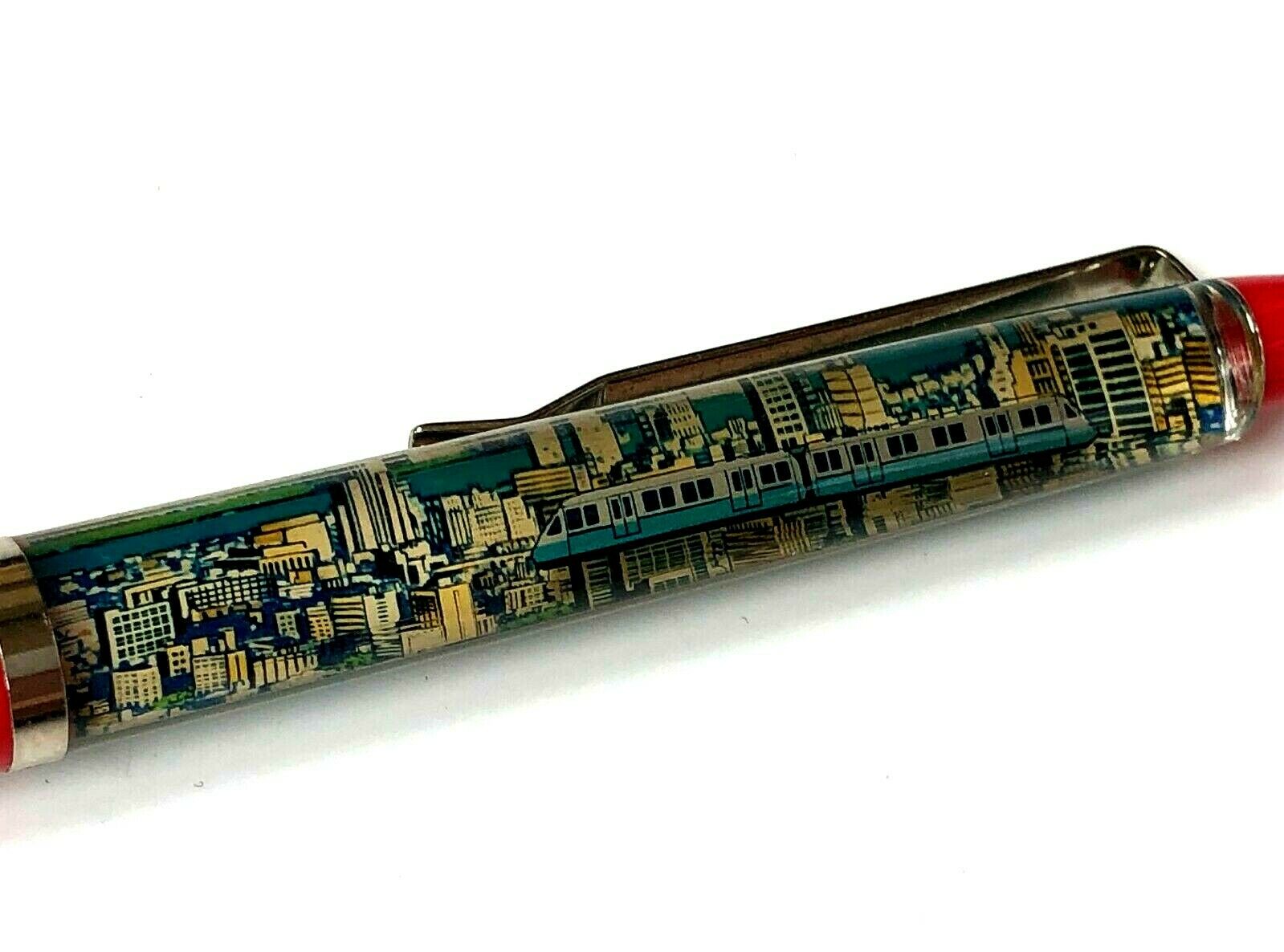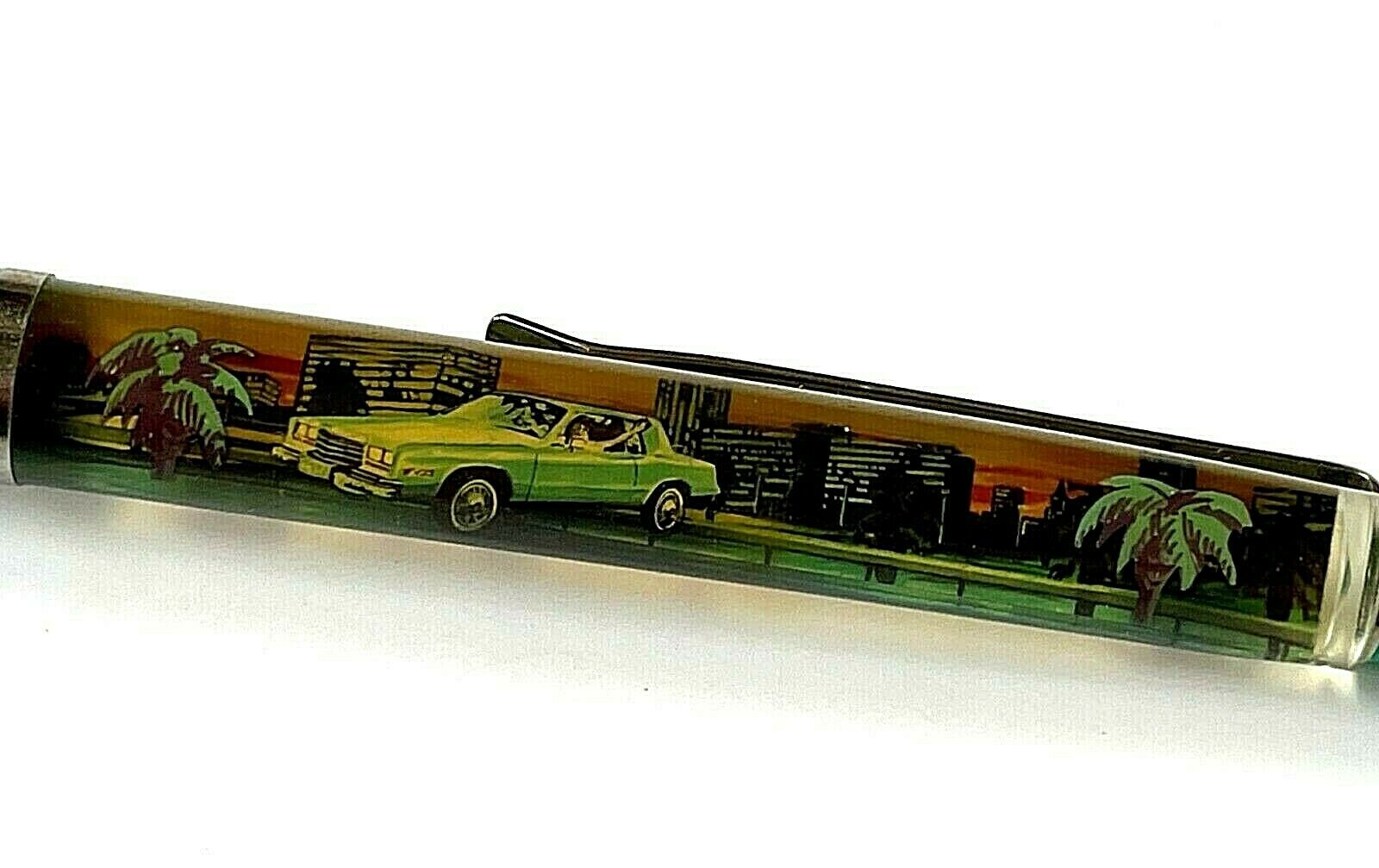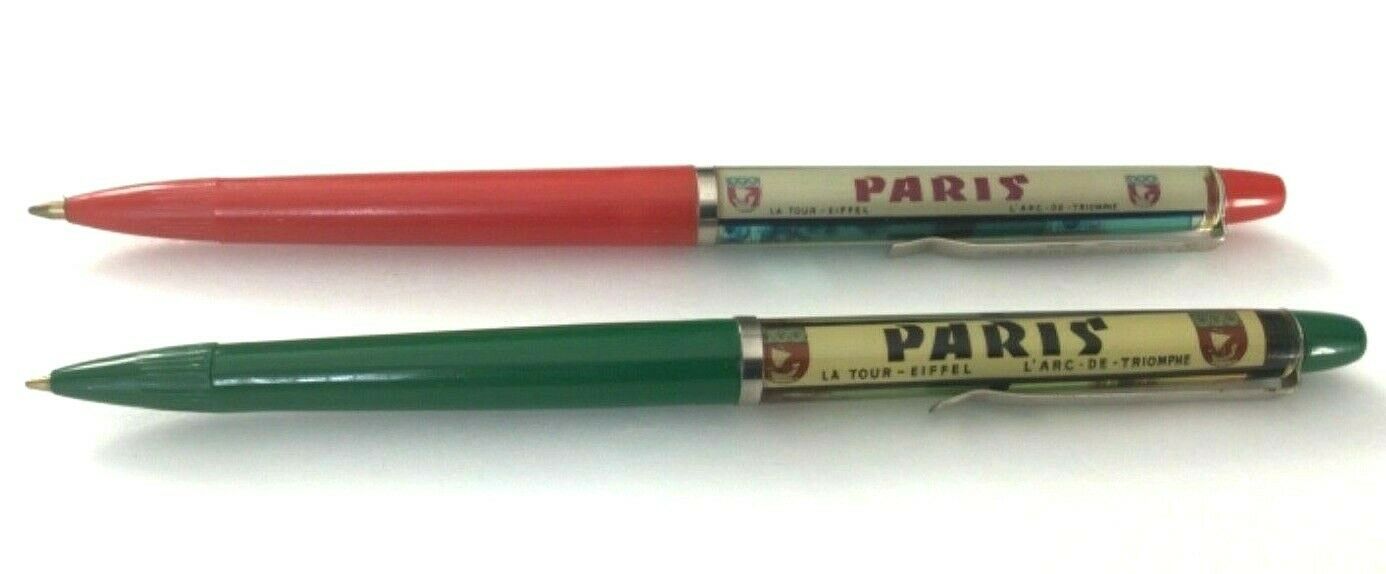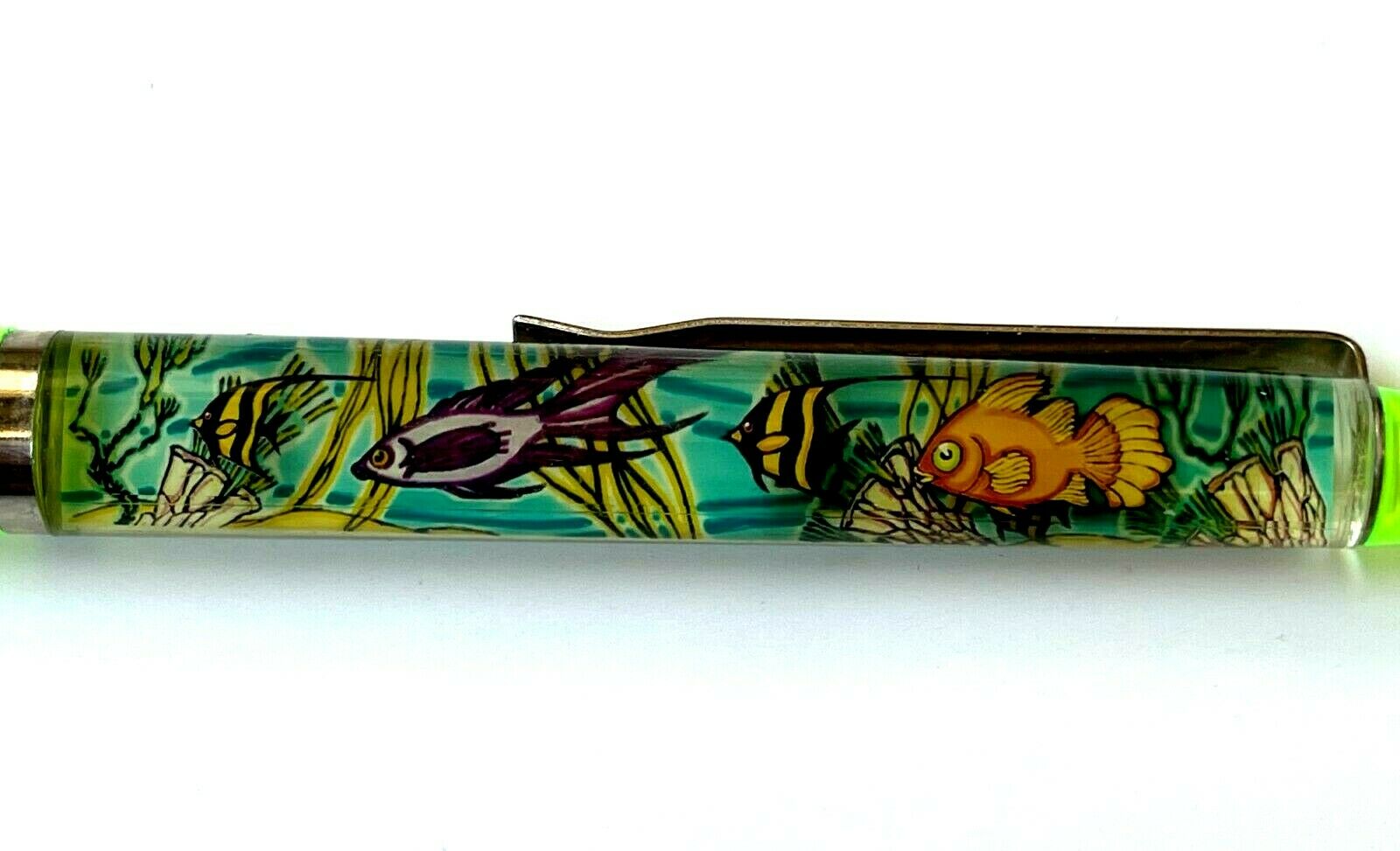-40%
Yookers Metis Fiber Tip, Cartridge Filled Pen, Matte Black Lacquer, 1.0mm
$ 29.01
- Description
- Size Guide
Description
Yookers Metis Black Lacquer Fiber Tip PenYookers Metis Fiber Tip, Cartridge Filled Pen, Matte Black Lacquer, 1.0mm
Yookers fiber tip pens accept standard short fountain pen ink cartridges. A very unique writing experience, you can let your imagination run wild with many ink color choices available.
Picture is a stock photo and shows the pen cap posted on the barrel. The pen secures closed with the screw mechanism. Picture may also show a different tip than listed, please refer to the title for the tip you are purchasing
Additional tip sizes can be purchased and swapped out at any time
How To Maintain your felt-tip pen
Cleaning your felt-tip pen
1. Unscrew the barrel from the tip section.
2. Rinse the tip by filling and emptying it with water (repeat this until the water is clear). Caution: Ink residue will flow out.a.place the tip section into a beaker or other container of clean water and let it soak overnight. The water level should completely cover the tip.c.Be sure to use room temperature or lukewarm water. Distilled water will work best (tap water sometimes contains particles which may clog the feed). Never use alcohol, as this will damage the feed or other parts of the pen.d.Let the tip soak for 10 to 15 minutes, then blot dry with a paper towel. Soak the tip overnight if necessary.
3. Wash your pen every few weeks or whenever changing ink colors.
Using your felt-tip pen
1. Do not press hard when writing, as this can damage the tip. A good felt-tip pen should glide effortlessly across paper.
2. Use fresh ink. Do not use bottled ink that is more than a year or two old. If you do use older ink, you should first examine it for any mold that may be growing on the surface. Then stir the old ink to make sure that there are no lumps or sediment on the bottom (a sign that the ink is solidifying). Thinner inks, like Waterman, Sheaffer or Pelikan, are less likely to solidify than thicker inks. And if the ink has not been used for several weeks, shake the bottle before filling the converter, as the ink particles may have settled a bit
3. Black ink contains gum arabic. If you allow black ink to dry inside of the tip, it may cause permanent damage. If you do not plan to use your felt-tip pen for more than a couple of days, clean your felt-tip pen before the ink has dried.
4. Store your ink bottles away from direct sunlight to avoid fading.
5. Avoid using chemically treated paper, which usually has a slick feel, because it does not absorb ink well. Ink will collect in the tip and ultimately clog the feed. If your pen skips after using treated paper, wipe the tip with a lint-free cloth. If this does not work, wash the pen out with water.
6. When traveling by plane, we recommend that you either fill your converter completely or leave it empty to reduce the risk of leakage. Always keep the tip upright during takeoff. When opening your felt-tip pen in flight, you should hold the pen upright and remove the cap slowly. Always keep your pen capped when not in use.
7. If your pen doesn’t “start” right away (i.e., after not being used for a couple of weeks), ink has probably dried and clogged the tip and/or the feed. To start the ink flowing again, resist the urge to press down hard on the pen. Instead, wet the point of the tip with water or ink of the same color. If that doesn’t work, wash the pen out.
Storing your felt-tip pen
1. If you do not plan on using your pen for a prolonged period of time, wash and empty it out before storing it away.
2. When not using the pen, keep it stored vertically (i.e., in a cup) with the tip pointing up to prevent ink from settling in and clogging the feed.

